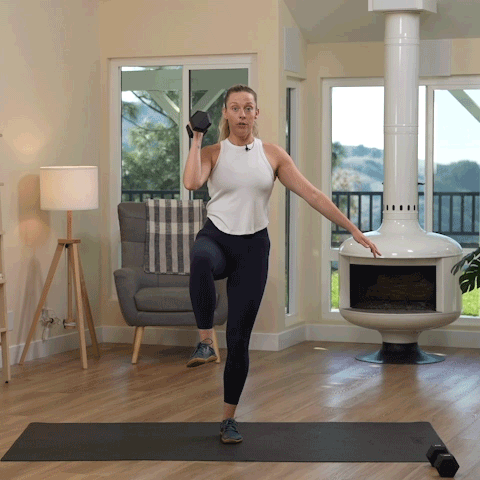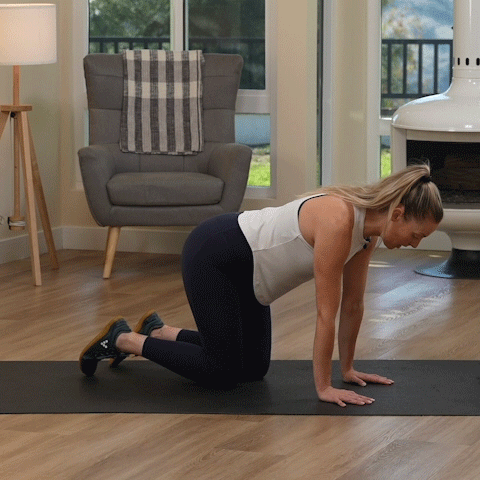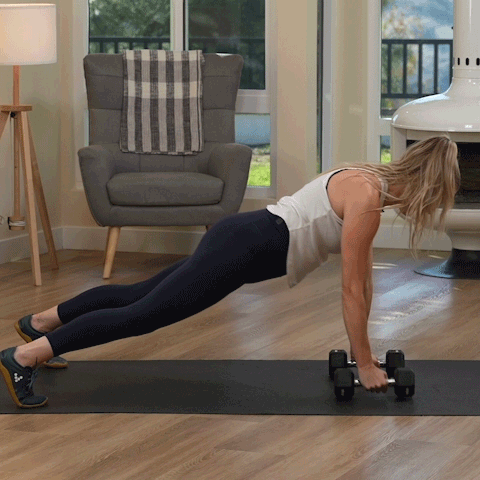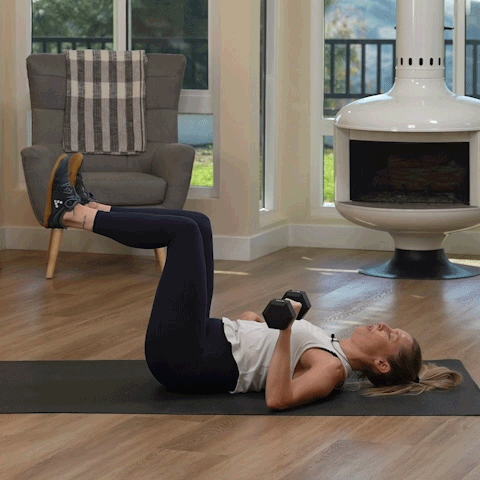Published 12/6/2023, updated 10/28/2025
In the quest for the elusive six-pack, fitness enthusiasts often gravitate towards traditional exercises such as crunches, sit-ups, and Russian twists. While these exercises play a role in developing your core, the real champions are anti-rotation core exercises. These exercises not only elevate your core strength but can also take your fitness journey and athletic performance to the next level.
But what exactly are anti-rotation core exercises, and why should they be a part of your workout regimen? Let's dive in.
Understanding Anti-Rotation Core Exercises
Anti-rotation core exercises target the muscles responsible for preventing rotation of the spine. Unlike conventional core exercises that involve movement, anti-rotation exercises emphasize resisting movement, specifically rotational forces. The primary goal is to stabilize the spine and pelvis, enhancing overall core strength and functional stability.
Your core includes more than just your abdominal muscles; it encompasses your hips, back, glutes, and even your shoulders. By training to resist movement instead of twisting or flexing at the core, you engage multiple muscle groups, enabling them to function as a cohesive unit. This comprehensive engagement allows your spine to handle increased loads, resulting in greater strength and efficiency in all movements.
Benefits of Anti-rotation Core Exercises
1. Enhanced Core Stability
This should come as no surprise – anti-rotation exercises challenge your core muscles to work together, resisting rotational forces. This enhances stability, reducing the risk of injuries and promoting better posture during daily activities and workouts(1). Keeping your body upright and safe while moving is the main function of our core muscles.
2. Functional Strength
Functional strength refers to the strength needed to perform daily activities or sports-specific skills. Anti-rotation exercises mimic these real-life scenarios, translating into improved functional strength for activities like lifting, twisting, and reaching(1).
If you are interested in learning more about functional movement patterns check out our YouTube Video below.
3. Injury Prevention
A strong and stable core is a key factor in preventing injuries, especially in the lower back. Anti-rotation exercises reduce risk of injuries by enhancing the ability of your core muscles to resist rotational forces and maintain proper alignment. By providing better support to your spine, these exercises can alleviate stress on your lower back.
Increased strength in your core is also associated with helping to prevent hip and knee injuries. Research has shown that core training, including anti-rotation exercises, altered joint kinematics and improved lower body biomechanics aiding in the reduction of knee valgus and hip adduction angles(2,3). A reduction in these angles can help to prevent injury to the ACL which is a common injury in sports with a lot of change in direction and lateral movement(2,3).
4. Increased Balance and Coordination
Anti-rotation exercises challenge your body to maintain balance and control while resisting rotational forces. This can contribute to improved overall balance and coordination, beneficial in athletic performance and fall prevention. Studies have shown positive effects of core training on lower body function, standing balance, and mobility amongst stroke patients(4).
5. Versatility in Training
Anti-rotation exercises can be easily integrated into various workout routines and adapted to different fitness levels. They can be performed using body weight, resistance bands, cables, or other equipment, making them accessible to a wide range of individuals.
Adding exercises that improve the ability to resist forces results in a greater ability to produce force. A strong core is key for both! Plus, when you learn a new exercise, you are also improving brain health. That’s a triple win in my book!
It's important to note that while anti-rotation exercises offer numerous benefits, a well-rounded core training program should also include exercises that target other aspects of core strength, such as flexion, extension, and lateral stability, to ensure overall development and balance.
4 Anti-Rotation Core Exercises to Try
Download the SunnyFit® App today and try my STAR Course, “Strong to the Core”. This course teaches you 12 anti-rotation exercises, from standing exercises to floor exercises, with or without dumbbells. It is the perfect way to dive deeper into the benefits explored in this blog. Below are a few examples of the exercises covered in the course.
Sample Anti-rotation Core Exercises from my STAR COURSE.
1. Single Leg Overhead Press

- Grab a dumbbell, rack it to your shoulder.
- Bring the knee of the same side the weight is racked on, up to a 90-degree angle.
- Maintain balance as you press the weight overhead and return to shoulder height.
- Repeat on the other side.
2. Bird-Dog Exercise

- From a hands-and-knees position, extend one arm and the opposite leg simultaneously while keeping your back straight.
- Focus on stabilizing your core throughout the movement.
3. Renegade Rows

- In a plank position with dumbbells in hand, row one dumbbell to your hip while maintaining a stable core.
- Alternate sides, resisting the urge to rotate your torso or hips.
4. Single Arm Chest Press

- In a supine position (on your back), with a dumbbell in one hand, perform a chest press, while keeping the rest of your body still.
- Repeat on the other side.
Step Up Your Core Routine
Incorporating anti-rotation core exercises into your fitness routine can elevate your core strength, enhance stability, and contribute to overall well-being. As with any exercise program, it's essential to start gradually, focusing on proper form and technique. Consult with a fitness professional to tailor anti-rotation exercises to your specific fitness level and goals, and enjoy the benefits of a stronger, more resilient core.




























Add Your Name & Email
Please enter your name and email to continue.We won’t display your email publicly.